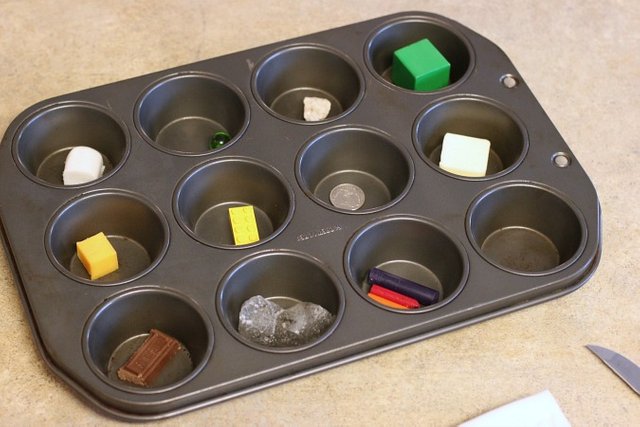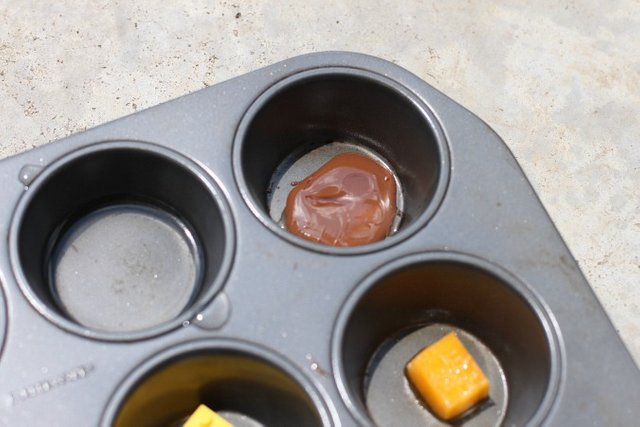Science Experiment: What Melts In The Sun (Learn About Melting Point)
Today was a scorcher of a day here in the Southern Hemisphere. An excellent opportunity to do some science using the sun! This activity is fun for all ages, even my toddler got a kick out of watching things melt! It’s a super simple experiment and can be done using all sorts of bits and bobs that you have lying around the house or classroom. All you need is a hot summer's day and some time to spare!
* This is a useful practical energy you can do with your students to compliment any related theory you have in your lesson plans.

What Melts In The Sun?
This experiment is used to demonstrate how firstly, heat causes things to melt and secondly, that all things have different melting points.
To Do The Experiment, You Will Need The following:
- A hot summer’s day
- Time on your hands
- A muffin tin or baking tray
- Food stuffs and items that you have found around the house/classroom
This is just a suggested list, get the kids to help you choose the items, but make sure that some can melt from the heat of the sun alone.
Instructions:
- After you have selected your 12 various items/food stuffs, get the kids to place each one into each of the separate muffin holders in their tin/pan.
- If you are doing the experiment with older children, then let them write down the items in a list and allow them an opportunity to guess if each item will melt in the sun or not, they can even try and guess which item will melt first, second, third etc.
- Then it’s time to place your pan and its goodies into the direct sunlight, preferably outdoors. You have two choices here, you can either leave the pan and come back in a few minutes/hours (depending on how hot the day is) or you can hang around with the kids to witness which of the objects start to melt first, second, third etc.

The Science Bit
All objects have a melting point, some can melt by the heat of the sun while others need more extreme temperatures to melt. Water is known to reach melting point at zero degrees Celsius (32 degrees Fahrenheit). Objects that hold more water will melt faster e.g. an ice cube or blob of butter. The solid coin on the other hand needs a more extreme temperature to reach melting point, same goes for the marble and Lego etc. The lesson: heat makes things melt, different objects melt at different temperatures, the more water an object holds, the faster it melts.
Time to clean up!
Finish the experiment off with some added fun by allowing the kids to scoop up and eat the melted treats i.e. Marshmallows, chocolate, fudge, toffees. This can be a fun experiment from start to finish and can pass a good couple of hours of the day. Enjoy it with little ones young and old!
I love little experiments like this! The kids love them, and they're fun to do.
They really are! :) Thank you for stopping by!
please resteem my posts also...
wow nice...very educating stuff...
Thanks :)